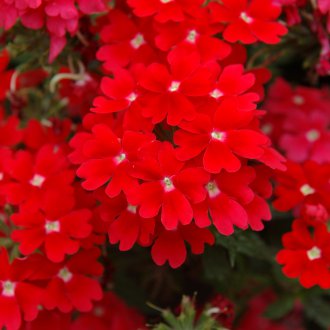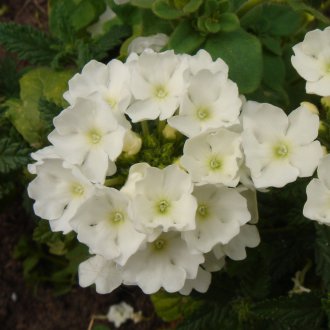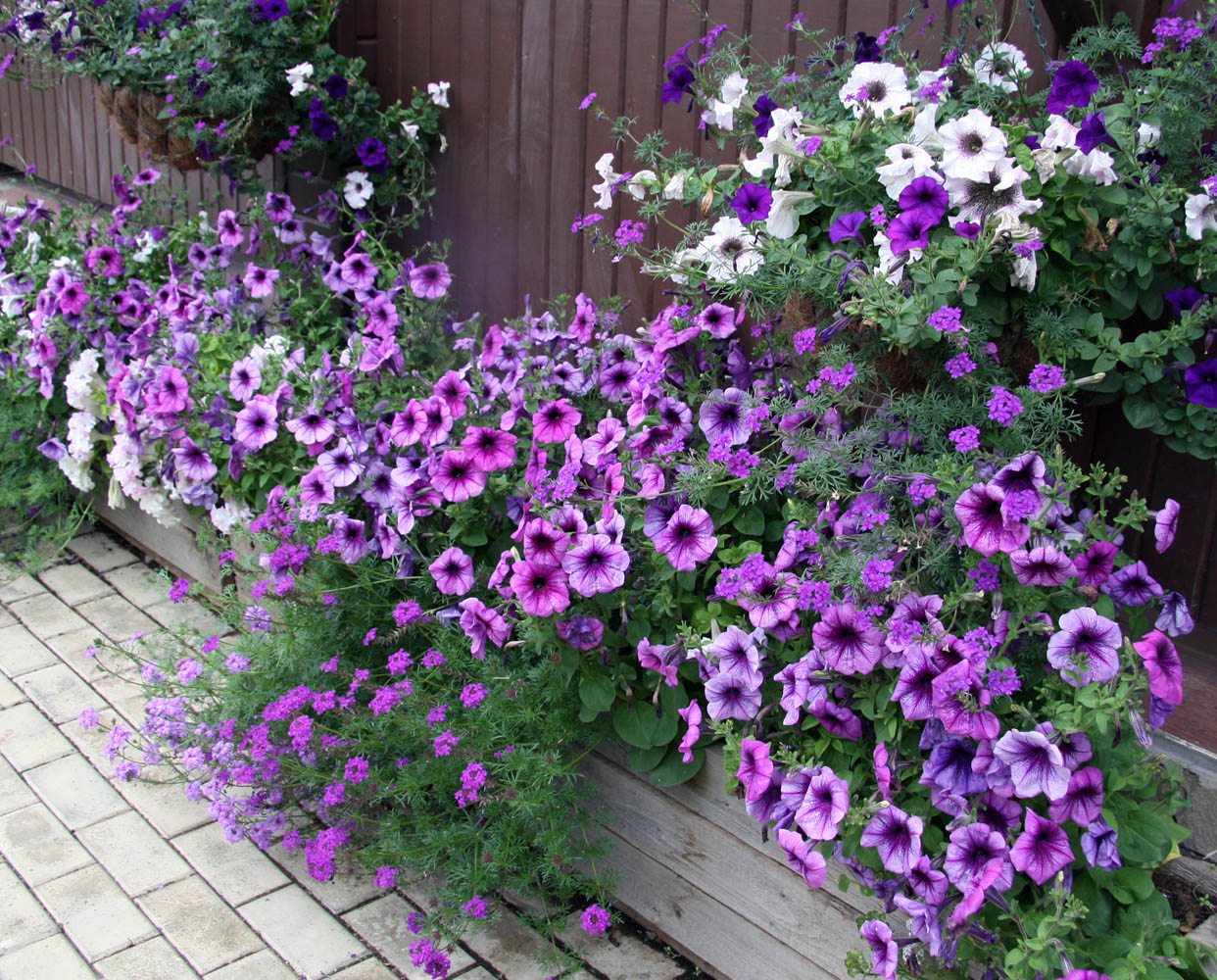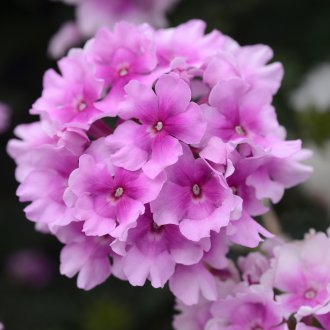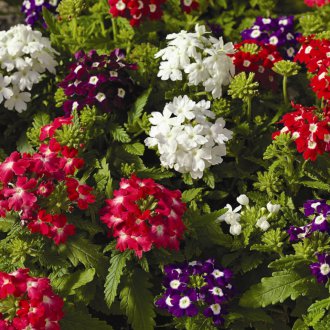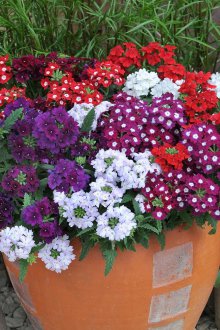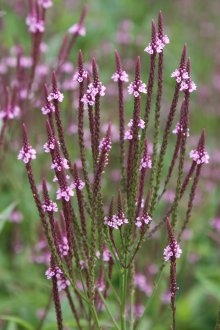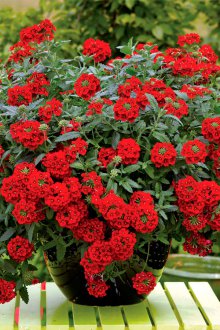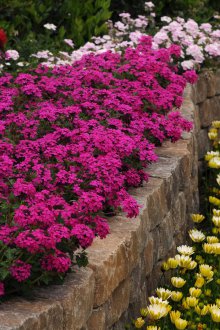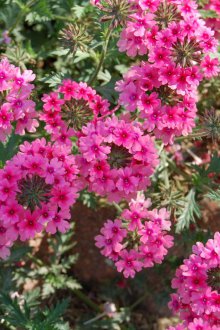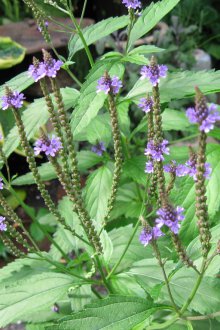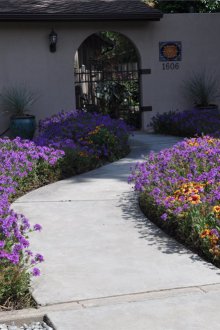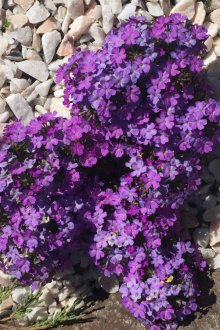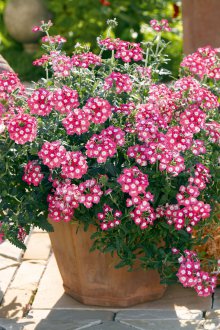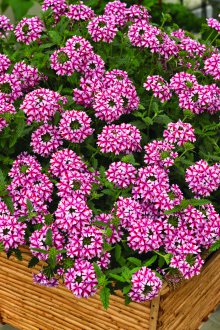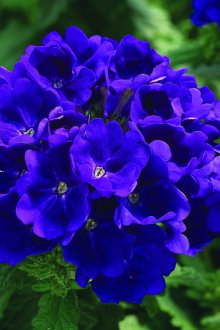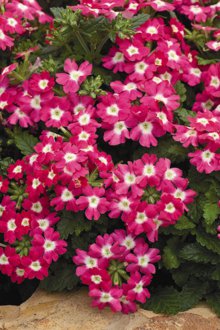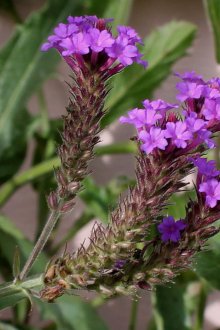Verbena: varieties, care, use in landscape design (24 photos)
Content
Verbena is an unpretentious herbaceous plant. Perennial varieties are often grown in flower beds even by beginner flower growers. The shrub is characterized by a rather long flowering period and attractive appearance. Flowers will delight the eye before the onset of frost, if wilted buds are removed in a timely manner. In regions with a cold climate, the plant is often grown as an annual. This is due to the fact that verbena does not tolerate frosts. In the open field, the shrub normally develops and blooms only in the south.
Plant features
Verbena belongs to perennial highly branched plants of the Verbenov family. The birthplace of the flower is South America. Its height varies depending on the selected variety in the range of 20 - 100 cm. The stems can be creeping or straight, as well as leafless. The leaves have a round or oval shape, painted in a light green tint. The rhizome of the bush is small, differs in compact size. The flowers are small, collected in complex inflorescences in the form of umbrellas. There are a variety of colors: purple, pink, white, yellow, purple.
Garden flowers appear in June and do not lose their beauty until late autumn. On one plant at the same time about 30 inflorescences can bloom. The shrub is able to withstand small frosts not exceeding -3 ° C.
Varieties
Today, verbena is a popular plant that is often grown in gardens and gardens. The flower does not require special care, blooms for a long time, allows you to realize the original ideas of landscape design. Consider the most common plant varieties.
Verbena Canadian
Differs in openwork elongated leaves and flowers. The latter are painted in attractive delicate colors: purple, white, purple, pink. The maximum height of the bush is 20 cm.
Canadian Verbena is a perennial plant, but in Russia is grown only as an annual. Flowering continues throughout the summer period and 2 autumn months in warm regions.
Verbena is tough
Just like the previous species, hard verbena is grown in the form of annuals. Straight or creeping stems are highly branched. The leaves are elongated, stiff, with pointed edges. There is an edge on the underside. Small purple flowers gather in a beautiful inflorescence.
Hybrid Verbena
The group of such plants includes a large number of different hybrids and varieties. All of them were bred in the XIX century. These shrubs have standing or creeping stems with active branching. The height of the sprouts reaches 50 cm. There are leaves of a triangular or oval shape. Complex inflorescences consist of 30 to 50 small flowers. Colors range from snow-white to dark purple.
Verbena Buenos Aires
This variety is considered one of the highest. Sprouts reach a height of 120 cm. A perennial plant differs in a pronounced stem, from which many shoots depart. Thin leaves have an elongated shape and denticles along the edges.Small light purple flowers gather in ears that combine into large lush inflorescences.
All varieties of verbena combines a long flowering period. In some areas, it lasts from June to the end of October. Fruits are represented by nuts, inside of which there are seeds. They retain their properties for 2 years.
Planting a plant
First of all, you need to choose a suitable place for growing. Verbena will feel great in any corner of the garden. So, it is suitable for planting on flower beds that remain empty after the flowering of early plants. The most attractive lush shrubs of verbena still grow on beds that are well lit by the sun. Even with direct rays, leaves and buds for a long time retain their original appearance.
Planting verbena can be carried out in pots and hanging flowerpots. The flower has a compact rhizome, so growing from verbena seeds will not cause any problems.
Fertile loamy soil is ideal for planting. This rule is not binding. You can grow flowers in other types of soil. The main thing is that the earth is loose and well permeable to moisture. Suitable conditions are provided on heavy soil, just mix it with sand.
Perennial plants need quality drainage. To create it, stone chips, broken brick or expanded clay are used. A layer of the listed materials will reliably protect the roots from excess water, which adversely affects the state of verbena.
Sowing is done in open ground. It is only important to consider some nuances:
- Landing is possible only with stable plus temperature indicators. If there is a chance of frost, you should wait a bit. A cold snap in excess of -3 ° C will immediately destroy the perennial plant. If you want to quickly decorate flower beds and beds with bushes of blooming verbena, you need to plant seedlings in a greenhouse or at home.
- You can grow a flower from seeds at home. They are evenly scattered on the surface of the soil without deepening. After two days, the first shoots appear if the air temperature reaches + 25 °. After this, the container with the sprouts is placed in a cool place, since excess heat negatively affects the plant.
- Flowers do not require special care. It is enough to water them, but little by little. Otherwise, the young shoots will die.
15 days after planting, the shoots will fill the tank with slender green rows.
Breeding
Verbena propagated by cuttings. When choosing this method, it is necessary to prepare the planting material in the fall. In anticipation of the first frosts, a perennial plant is dug up and transferred to a cool room along with a voluminous lump of earth. A suitable place to store would be a basement, balcony or outbuildings. It is important that the temperature is not higher than + 10 ° C.
Shank propagation is carried out taking into account the following features:
- Cuttings are often carried out in the spring. Any other period is suitable if the annual flower is not planted in open soil, but in a flowerpot or in a warm greenhouse.
- For the propagation of verbena, cut tops of plants are used. Each sprout should have 4-6 pairs of leaves. Places of cuts are covered with crushed coal. Lower leaflets are removed.
- Cuttings are rooted in the soil, which is prepared from peat and sand. For the reproduction of verbena, you do not need to deepen them too much. The earth is located at the level of the lower removed leaves. The capacity in which rooting is carried out is covered with a film to maintain stable air humidity.
Subject to the above rules, plant propagation will always be successful. A perennial flower after 3-4 weeks will form a full rhizome.
Care
Growing and caring for verbena is quite simple and does not require special skills. Annual bushes grow well in the presence of intense lighting, are not afraid of direct sunlight.
After planting, flowers need moderate but systematic watering. In the spring, after planting in the ground, immature sprouts are most in need of moisture. Watering is gradually reduced, and stops completely after the onset of autumn.
Planting and care in the open field usually does not cause problems for gardeners. Annual shrubs are fed several times during the season with mineral fertilizers. Manure in this case is not suitable, since it leads to an active growth of greenery without flowering. An overabundance of nutrients inhibits flowering.
In the first stages of growing verbena, it is necessary to loosen the soil. After growth, the plant does not need to weed. Instead, a mulching procedure is used. The role of mulch is rotten foliage.
It is important to properly care for verbena to achieve long-term flowering. Faded flowers should be removed promptly. Perennials are resistant to various diseases and pests. When invading aphids, it is enough to treat verbena with insecticides.
Outdoor use
Low-growing varieties of perennial verbena are grown in open ground to create green borders. In tandem with camellias and buddies, these flowers will become a wonderful decorative element of the garden. In addition, well-groomed plants allow you to divide the space into functional zones.
Verbena is also grown to fill the front garden or flower garden with bright colors: violet, yellow, white, purple, purple. The greatest effect can be achieved with mass plantings of a flower.
You can dilute a flowering garden with asters, cereal plants, Echinacea or marigolds. Ampelic varieties are actively used for landscaping terraces, balconies and gazebos. With proper care, verbena quickly grows in pots, forming a charming magnificent ball.
Growing verbena in flower beds is not complete without a combination with powdery sage or heliotrope.
Verbena is an attractive plant that can often be found in garden plots. A variety of varieties, resistance to diseases and pests, beauty are the main advantages of a flower. Gardeners adore verbena because it blooms for a long time and does not require complicated care. Growing and propagating a plant does not cause difficulties even for beginner growers.
